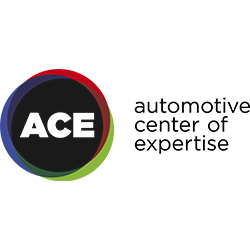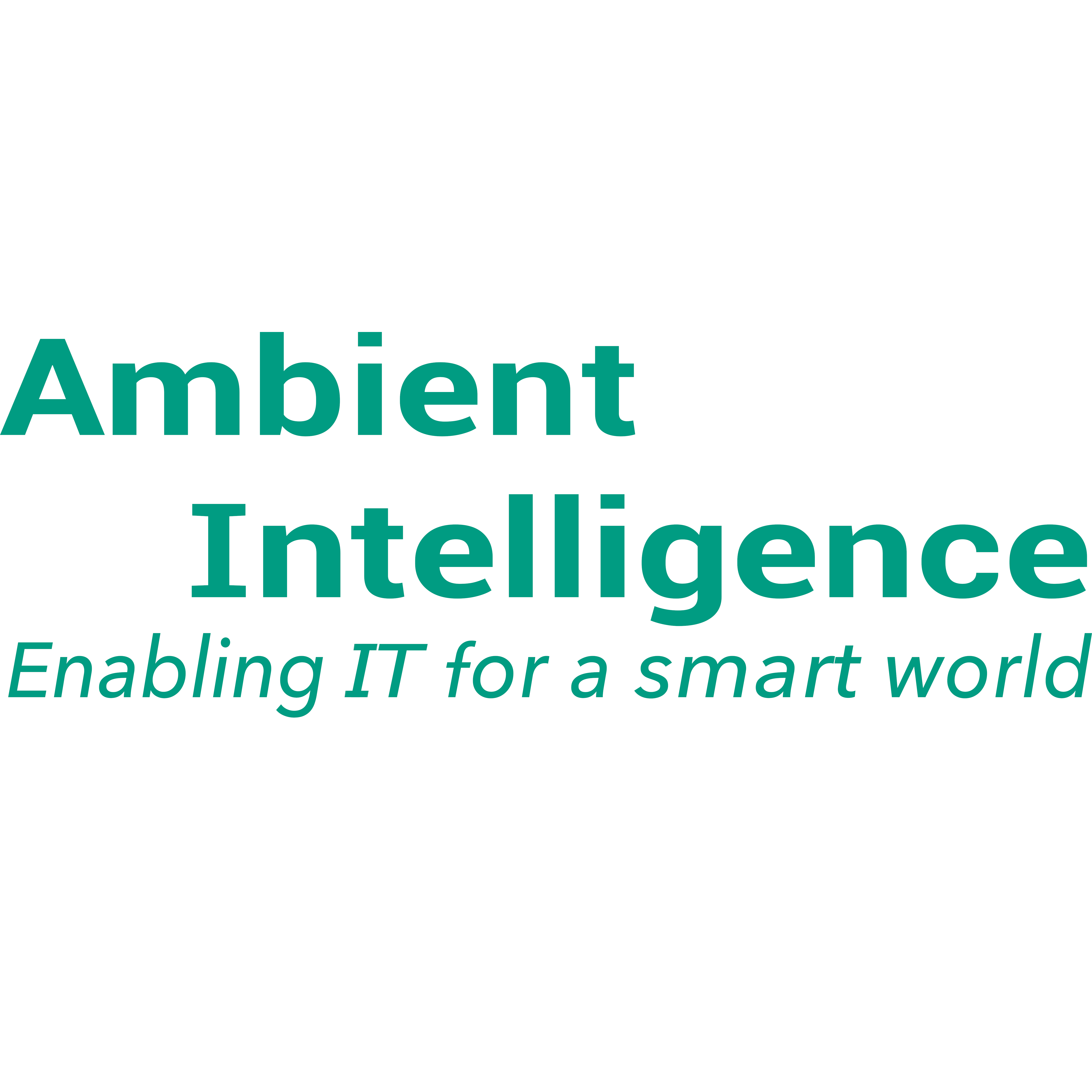Background: Since 2000, the prevalence of recreational nitrous oxide (N 2O) use has increased in the Western world. Although N 2O is a relatively safe drug, the overall increase in the use of N 2O has concomitantly also initiated a modest but important increase in the number of young excessive users. The recent introduction of large 2 kg N 2O tanks, allowing high and prolonged dosing, has facilitated this excessive use. This is of concern, because repeated exposure to high doses of N 2O for a prolonged time is known to induce neurological damage, such as (irreversible) neuropathy and paralysis due to N 2O-induced vitamin B 12 deficiency. The increasing trend of recreational users with N 2O-induced neurological damage at emergency departments confirms the urgency of this development. Objective/Methods: This narrative review describes recent trends in N 2O use and misuse, the adverse health effects associated with excessive use and the risk factors of excessive use. Results: Considering the rising trend in N 2O use, particularly among young and other vulnerable people, we propose to take legislative action to limit the availability of N 2O, and also advocate for better and timely education of non-users, users and medical professionals about the serious side-effects associated with excessive N 2O use. Conclusion: It is concluded that the increase in excessive N 2O use is of serious concern.
DOCUMENT
In Amsterdam kampt een derde van de mensen met meerdere aandoeningen waaronder chronische gewrichtsaandoeningen. Mensen met chronische gewrichtsaandoeningen hebben vaak beperkingen in hun dagelijks functioneren. Leefstijlfactoren zoals overgewicht en inactiviteit spelen een belangrijke rol in het ontstaan van beperkingen in het dagelijks functioneren. Lector chronische gewrichtsaandoeningen dr. Martin van der Esch gaat in zijn rede in op de relatie tussen gewrichtsaandoeningen en beperkingen in dagelijks functionerenen de mogelijkheden om beperkingen te voorkomen of te verminderen. Hij zal hiaten in kennis toelichten en ingaanop de integratie van onderzoek in het onderwijs. Het bijzonder lectoraat chronische gewrichtsaandoeningen isingesteld in samenwerking met Reade, centrum voor revalidatie en reumatologie te Amsterdam
DOCUMENT

Keynote presentatie tijdens het HRM Praktijk Onderzoek Congres 14 november. Over het thema: 'De veranderende waarde(n) van werk: gevolgen voor HRMTrends in werk. Werk is veranderd en verandert nog steeds. Banen waar we 10 jaar geleden nog nooit van gehoord hadden, worden nu veelvuldig gevraagd, maar kunnen ook weer verdwijnen. De situatie op de werkvloer is niet meer te vergelijken met die van enkele decennia geleden. Er is veel meer variatie: meer vrouwen, allochtonen en parttimers, om maar eens wat te noemen. Organisaties werken tijdelijk samen aan projecten en hun medewerkers dus ook. Functies veranderen voortdurend. Hoe spelen organisatie in het algemeen en HRM in het bijzonder hier op in? Hoe bereid je medewerkers adequaat voor op voortdurende verandering? Welke consequenties hebben al die veranderingen voor het HRM beleid in organisaties?
DOCUMENT

As the Dutch population is aging, the field of music-in-healthcare keeps expanding. Healthcare, institutionally and at home, is multiprofessional and demands interprofessional collaboration. Musicians are sought-after collaborators in social and healthcare fields, yet lesser-known agents of this multiprofessional group. Although live music supports social-emotional wellbeing and vitality, and nurtures compassionate care delivery, interprofessional collaboration between musicians, social work, and healthcare professionals remains marginal. This limits optimising and integrating music-making in the care. A significant part of this problem is a lack of collaborative transdisciplinary education for music, social, and healthcare students that deep-dives into the development of interprofessional skills. To meet the growing demand for musical collaborations by particularly elderly care organisations, and to innovate musical contributions to the quality of social and healthcare in Northern Netherlands, a transdisciplinary education for music, physiotherapy, and social work studies is needed. This project aims to equip multiprofessional student groups of Hanze with interprofessional skills through co-creative transdisciplinary learning aimed at innovating and improving musical collaborative approaches for working with vulnerable, often older people. The education builds upon experiential learning in Learning LABs, and collaborative project work in real-life care settings, supported by transdisciplinary community forming.The expected outcomes include a new concept of a transdisciplinary education for HBO-curricula, concrete building blocks for a transdisciplinary arts-in-health minor study, innovative student-led approaches for supporting the care and wellbeing of (older) vulnerable people, enhanced integration of musicians in interprofessional care teams, and new interprofessional structures for educational collaboration between music, social work and healthcare faculties.
Erasmus project about training cultural workers for facilitating rural youths culture
MUSE supports the CIVITAS Community to increase its impact on urban mobility policy making and advance it to a higher level of knowledge, exchange, and sustainability.As the current Coordination and Support Action for the CIVITAS Initiative, MUSE primarily engages in support activities to boost the impact of CIVITAS Community activities on sustainable urban mobility policy. Its main objectives are to:- Act as a destination for knowledge developed by the CIVITAS Community over the past twenty years.- Expand and strengthen relationships between cities and stakeholders at all levels.- Support the enrichment of the wider urban mobility community by providing learning opportunities.Through these goals, the CIVITAS Initiative strives to support the mobility and transport goals of the European Commission, and in turn those in the European Green Deal.Breda University of Applied Sciences is the task leader of Task 7.3: Exploitation of the Mobility Educational Network and Task 7.4: Mobility Powered by Youth Facilitation.
Centre of Expertise, onderdeel van Hogeschool Rotterdam, Hogeschool van Arnhem en Nijmegen, Fontys

Centre of Expertise, onderdeel van Fontys
Lectoraat, onderdeel van Saxion
